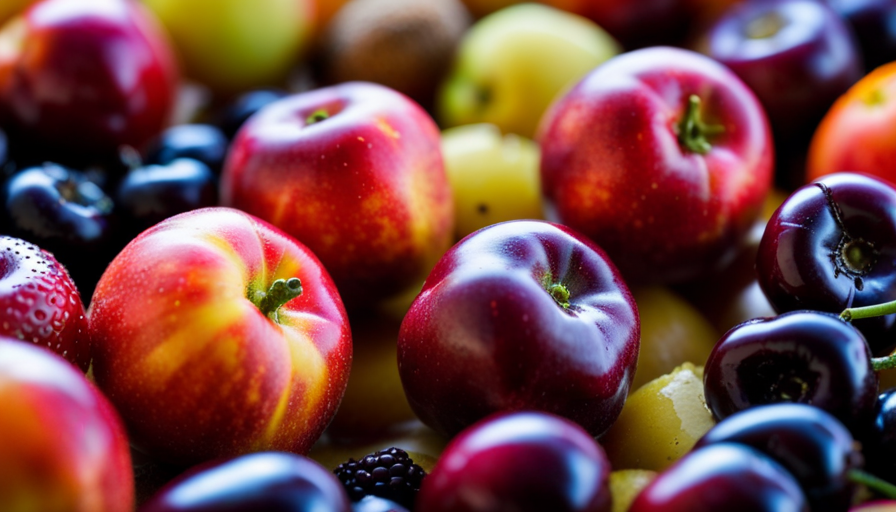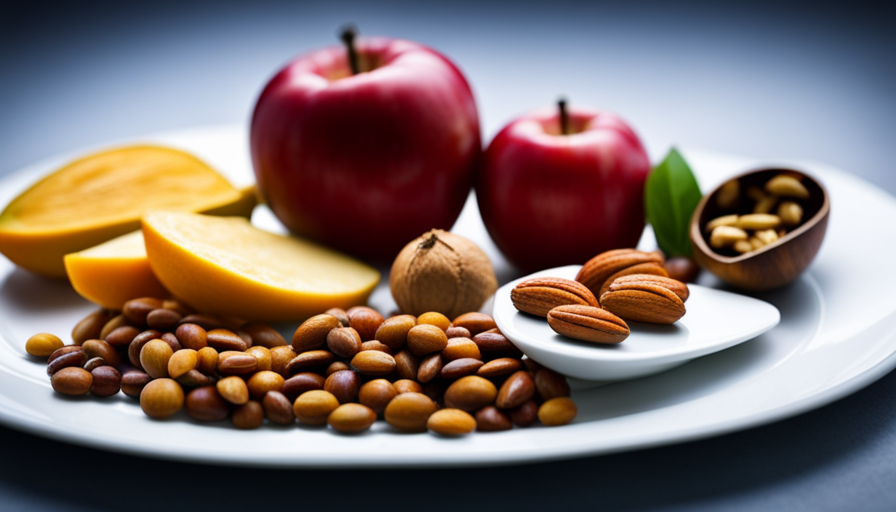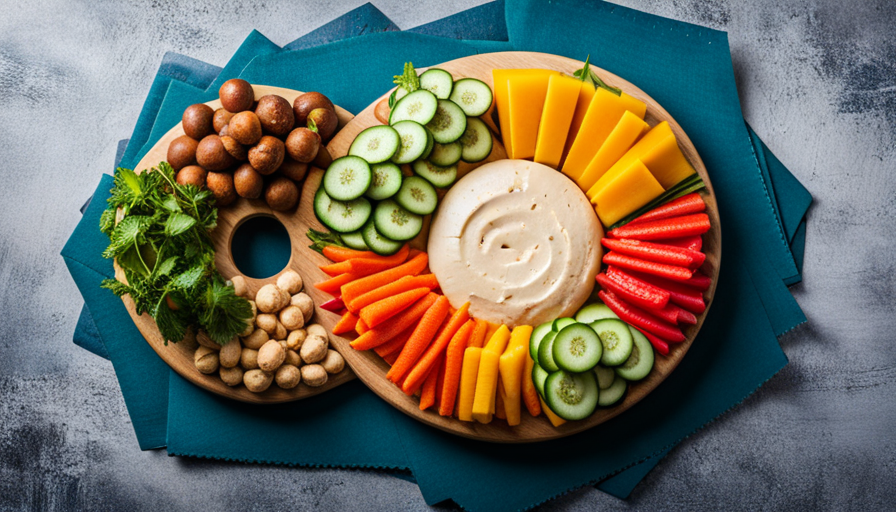In the world of coffee culture, the art of making a long black coffee shines as a symbol of unique flavor and careful preparation. Similar to a harmonious blend of tastes, this popular drink that originated from Australia and New Zealand delights the taste buds of coffee lovers around the globe.
As the morning sun casts its golden rays upon a bustling café, the barista deftly pours two shots of espresso over a delicate stream of hot water, crafting a harmonious blend that tantalizes the senses. With precision and expertise, the coffee is brewed using a slightly finer grind than espresso, intensifying its boldness and concentration. The result is a liquid masterpiece, a double ristretto that unleashes an aromatic and flavorful experience like no other.
Amidst the confusion with Americano and lungo, the long black coffee remains an enigmatic entity, cherished for its unique taste and preparation process. Delve into the depths of this art form, as we explore the intricacies that make the long black coffee an unrivaled masterpiece in the world of caffeinated elixirs.
Key Takeaways
- Long black coffee is a popular beverage originating in Australia and New Zealand.
- It is made by pouring two shots of espresso over hot water, resulting in a more aromatic and flavorful drink.
- The brewing techniques, including the slightly finer grind and careful selection of ingredients, play a crucial role in achieving the perfect long black coffee.
- Long black coffee offers a unique sensory experience, capturing the essence of both espresso and brewed coffee.
What is it?
Long black coffee is a beverage originating in Australia and New Zealand, made by pouring two shots of espresso over 3.5 to 4 ounces of hot water.
It is brewed using a slightly finer grind than espresso and a double ristretto, resulting in a more aromatic and flavorful drink.
The origins of long black coffee can be traced back to these regions, where it has become a popular choice among coffee enthusiasts.
Brewing techniques for long black coffee involve carefully measuring the amount of espresso and hot water, as well as ensuring the grind is appropriate for extracting the desired flavors.
The result is a balanced and robust beverage that captures the essence of both espresso and brewed coffee, offering a unique sensory experience.
Preparation and Ingredients
Prepared by infusing freshly ground coffee beans with hot water, this beverage showcases a harmonious combination of carefully selected ingredients. Long black coffee offers numerous benefits, both in terms of taste and health.
Brewing techniques play a crucial role in achieving the perfect long black coffee. Firstly, the coffee beans are ground to a slightly finer consistency than for espresso, allowing for a more intense extraction of flavors.
Secondly, the portafilter is packed with a double ristretto, resulting in a more aromatic and flavorful drink.
Lastly, the hot water is poured over the espresso shots, creating a balanced and smooth beverage.
Long black coffee’s brewing process not only enhances its flavor but also preserves the natural antioxidants and beneficial compounds found in coffee. The result is a rich and invigorating drink that provides a delightful sensory experience while also offering potential health benefits.
Flavor and Aroma
The flavor and aroma of this beverage are influenced by the brewing techniques and the careful selection of ingredients.
Brewing techniques play a crucial role in enhancing the taste and aroma of a long black coffee. The process of pouring two shots of espresso over hot water creates a harmonious balance between the strong espresso and the dilution of water. Additionally, the slightly finer grind used in long black coffee allows for optimal extraction of flavors from the coffee beans.
The selection of coffee beans also contributes to the unique flavor profile of this beverage. By choosing high-quality beans with distinct characteristics, such as a rich and fruity flavor or a deep and chocolatey undertone, the overall taste and aroma of the long black coffee can be further enhanced.
Frequently Asked Questions
What are some common variations or adaptations of long black coffee?
What are some common variations or adaptations of long black coffee?
Long black coffee variations encompass a range of flavors and ingredients that add a unique twist to the traditional recipe. Some popular adaptations include adding milk to create a long black macchiato or a long black latte.
Other variations involve infusing the coffee with different flavors such as caramel, vanilla, or hazelnut. These adaptations enhance the flavor profile of the long black coffee, providing a diverse and satisfying experience for coffee enthusiasts.
Are there any health benefits or drawbacks associated with drinking long black coffee?
Long black coffee, a popular beverage originating from Australia and New Zealand, offers some potential health benefits. It contains antioxidants that can help protect against certain diseases, such as heart disease and cancer. Additionally, the caffeine in long black coffee may improve cognitive function and boost energy levels.
However, excessive consumption of caffeine can lead to side effects like insomnia, increased heart rate, and digestive issues. It is important to consume long black coffee in moderation and consider individual tolerance to caffeine.
Can long black coffee be made with decaffeinated espresso?
Decaffeinated espresso can be used to make long black coffee, providing a caffeine-free alternative. However, the use of decaffeinated espresso may affect the flavor of the beverage.
Decaffeination processes can lead to a loss of certain compounds that contribute to the distinctive taste of espresso. As a result, the flavor profile of long black coffee made with decaffeinated espresso may differ from that made with regular espresso.
The choice between regular and decaffeinated espresso ultimately depends on individual preference and dietary considerations.
How does the temperature of the water used in long black coffee affect the taste?
The temperature of the water used in long black coffee can significantly affect its flavor profile. Research has shown that brewing with water at around 195°F (90°C) brings out the optimal flavors of the coffee beans, resulting in a rich and balanced taste.
Higher temperatures can lead to over-extraction and a bitter flavor, while lower temperatures may result in under-extraction and a weak taste.
Therefore, maintaining the correct water temperature is crucial in achieving the desired taste of long black coffee.
Are there any specific brewing methods or equipment recommended for making the perfect long black coffee?
Specific brewing methods and recommended equipment play a crucial role in achieving the perfect long black coffee.
To begin, using a double ristretto shot creates a more aromatic and flavorful drink.
Additionally, a slightly finer grind than espresso is recommended to pack more coffee into the portafilter.
As for equipment, a high-quality espresso machine with a reliable grinder and a precision scale for accurate measurements is essential.
These methods and equipment ensure a well-balanced and satisfying long black coffee experience.
What Makes Long Black Coffee Different from Regular Espresso?
Long black coffee, often referred to as the “art of long black coffee,” is made by pouring a double shot of espresso over hot water. This results in a stronger, more robust flavor compared to regular espresso. The added water also gives long black coffee a smoother and slightly less intense taste.
Conclusion
Long black coffee, the art of a bold and concentrated beverage, captivates the taste buds of coffee enthusiasts.
With its unique preparation process, involving a double ristretto and a carefully balanced ratio of espresso to water, this Australian and New Zealand creation offers an aromatic and flavorful experience.
The slightly finer grind and intense concentration create a drink that is truly unparalleled.
Its rich flavor and enticing aroma leave a lasting impression, making long black coffee a beloved choice for those seeking a truly extraordinary coffee experience.










